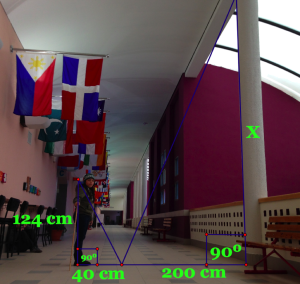Summative assessments: a sample unit
I recently concluded a unit on similar polygons with my Math 9 classes, and thought I would share the assessment tools that I used with those classes. I suppose I will have to make new assessments next year — oh well!
My general outline for summative assessments in a unit is a quiz worth around 25% of the unit, a project worth around 25% of the unit, and a unit test worth around 50% of the unit. These percentages change somewhat from unit to unit — for example, if I have a much more involved project I may weight it at 30% or 35% rather than 25%.
Summative assessments for similar polygons unit:
The quiz and test were pretty standard, and I borrowed heavily from previous teachers’ assessments on those. Better as a first year teacher not to reinvent the wheel.
The project was a lot of fun to do with my students. We had a lesson on how to use similar triangles to measure tall things indirectly — you can do this with a shadow or a mirror — and I had my students practice on tall things around the school, producing a report with diagrams such as the one seen to right. Students worked in groups of two so one person could be part of the diagram while the other measured.
Overall, the students enjoyed the project and seemed to learn from it. They did well on calculating the proportions from their similar triangles, but less well at explaining why the triangles were similar, and why the similarity meant that we could use proportions to find a missing side. I plan to focus more next year on the mathematical meaning behind similarity so my students can communicate an understanding.
